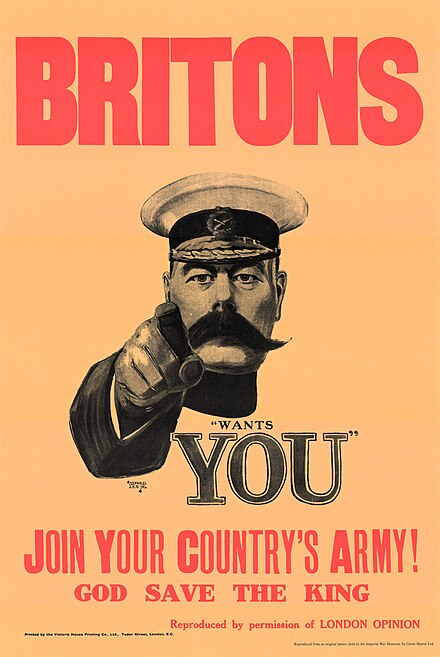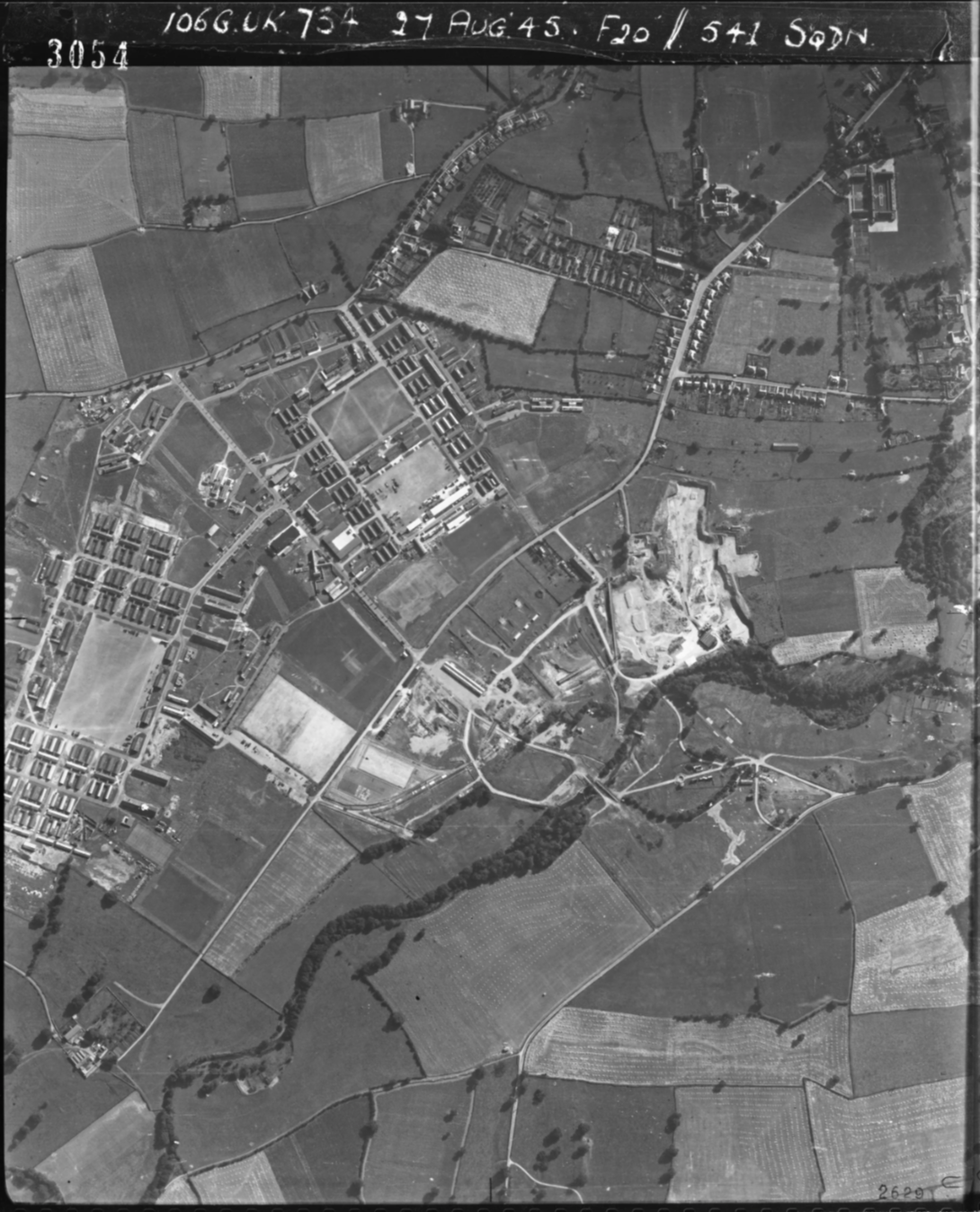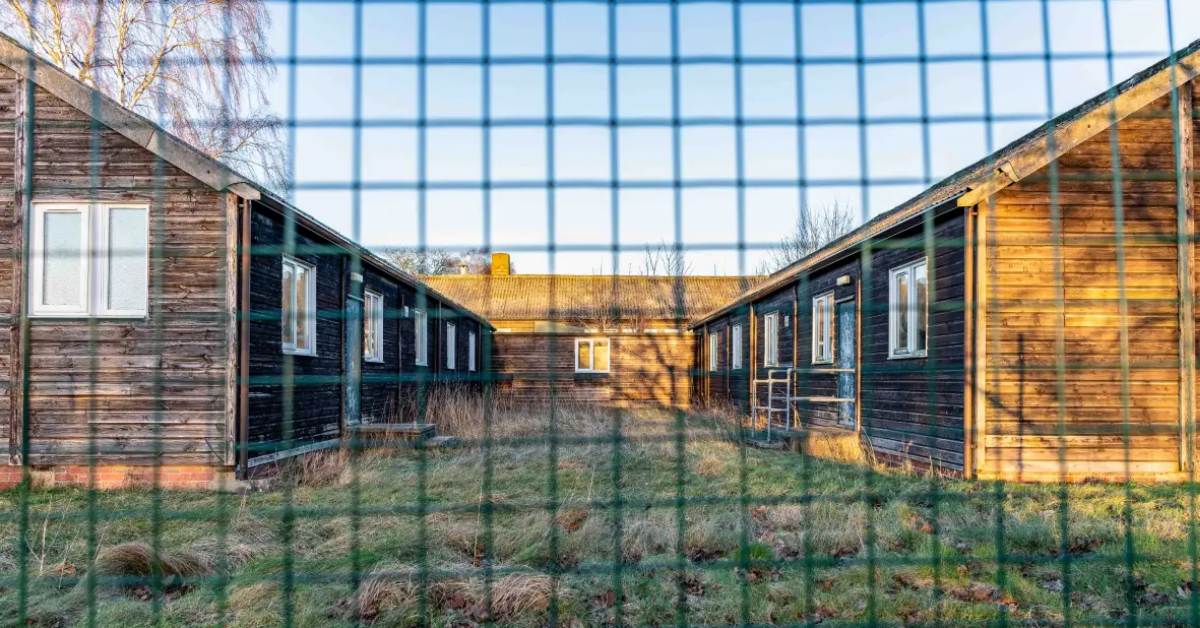Michael Furse, a trustee of the charity Ripon Military Heritage Trust, explains why Ripon and Harrogate have such military significance — and why the trust is fighting to preserve it as part of the the 1,300-home Clotherholme development.
The Stray Ferret is backing the trust’s campaign to save key parts of the city’s military history, as reported here. Please sign the petition here. If it gets 500 signatures it will be debated by North Yorkshire Council’s Skipton and Ripon planning committee.
World War I: 350,000 soldiers pass through Ripon army camp
The British Expeditionary Force marched to war in 1914. The modest force of six divisions acquitted itself well but by the end of 1914 was exhausted having fought at Mons, Le Cateau, the Aisne and Ypres.
However, they helped the French hold off the German army and in what is known as the Race to The Sea prevented the Germans from turning the left flank of the allied armies.
Numbers were made up initially from the territorial force, but Field Marshal Lord Kitchener realised more troops would be needed and set about this with vigour, raising six more divisions by the end of August 1914, and a further 17 divisions by March 1915.
Dubbed Kitchener’s New Army or unkindly, Kitchener’s Mob, these further divisions were formed of volunteer soldiers and the need to process the huge number of them and to train them quickly led to the creation of large army camps, of which Ripon was one. An estimated 350,000 men passed through the camp during the 1914-18 war.

A recruitment poster
What was needed for one of Kitchener’s large camps? Clearly, good rail communications were essential – most soldiers coming to Ripon for training or leaving for the front marched to and from Ripon station, at that time on the main LNER route from King’s Cross to Edinburgh.
The camps needed to be relatively close to the conurbations that provided the volunteers for military service, but to have sufficient space to house up to 30,000 men at a time and to allow civilian soldiers to be trained properly for service on the Western Front, which included training in trenches built for the purpose.
Ripon’s north and south camps trained complete divisions of 16,000 men at a time. Little remains of this enormous undertaking – the camp was demolished and the land returned to the landowners who had offered it for the duration of the war.
Some hospital accommodation blocks remain in Lark Lane, converted into houses, but as they are on large plots, the number dwindles yearly. A set of cavalry lines remained until recently but were torn down to make way for a small housing development, reflecting the complete lack of interest shown by local government in heritage in general and military heritage in particular.

A 1945 aerial photo of Ripon Camp – note the Bailey suspension bridge in what is now the Doublegates housing estate.
World War II: Ripon pioneers bomb disposal and bridges
The same reasons for selecting this part of England for training from 1914 to 1918 held true in 1940. Good communications, not just with mainline LNER service to London Kings Cross via Leeds, but the development of road freight meant that the A1 had become an important complement to the railways.
Harrogate
At the outbreak of war in September 1939, several government departments were moved from London to areas of greater safety. Harrogate was one of those safe areas and attracted a number of government bodies, primarily the Air Ministry’s Departments of Planning, Production, and Research.
With about 3,000 staff they were described In 1939 as being ‘a very vulnerable basket of precious eggs’. During 1940 there was a pressing need to increase the number of aircraft for the RAF. Working with the Ministry of Aircraft Production, the ‘Harrogate Programme’ arranged for and set a production quota of 3,000 fighters per year. The programme was so successful that over 4,200 fighters were produced in 1940.
In all, some 25 hotels and a number of schools were requisitioned and a group of ‘temporary office buildings’ designed by Sir James West, chief architect for the Ministry of Works, were erected to house the influx of civil servants and military personnel. These included staff of the General Post Office, who managed the post and were also responsible for civil telephony, the Office of Works, the RAF as well as servicewomen from the WRNS, WAAF and ATS.
Ripon
As war with Nazi Germany approached there was a need for accommodation for a much-expanded army. A large number of militia camps were built in the summer of 1939, including one at Ripon, with two barracks intended to each house a battalion-sized unit. One of these was intended to train Sappers.

Some of Ripon’s Second World War huts. Pic: Ripon Military Heritage Trust
The bombing of London and its surroundings in the blitz of 1940 led the Corps of Royal Engineers to move the School of Military Engineering from Chatham to Ripon, a process that started in late 1940 and was completed in early 1941.
The school occupied Deverell Barracks, which is now the only militia camp barracks left and which Homes England, the government’s property developer, is intending to demolish in its entirety, despite advice from both Historic England and the Twentieth Century Society that some of its rare or unique buildings should be preserved.
During the period the school was in Ripon (from late 1940 to early 1949), much critical work related to military engineering took place. Bomb disposal training was based in Ripon, and important development work on mine and obstacle clearance by armoured units was taking place as early as 1942.
Bailey bridge training and testing took place in and around Ripon, and many of the allied engineers who erected Bailey bridges in Italy or North West Europe were trained there. The River Ure was used to train Sherman tank drivers how to exit tank landing craft, an essential skill to master for D-Day. And the load and wind testing for the Bailey suspension bridges that were so essential in the India and Burma campaigns took place on what is now Doublegates housing estate.
Instead of destroying all these historic buildings we want to preserve a small group of them and re-purpose them for community uses and as a permanent interpretation centre where Ripon’s military history can be told. If we are to succeed, we need your support and help. Without this, a key and tangible part of Yorkshire’s military history will be lost forever.
Please support the campaign for a small part of the 1,300-home Clotherholme scheme to be set aside to preserve Ripon’s military history. You can sign the petition here and find out more about the campaign here.
Read more:
- Stray Ferret backs campaign to save Ripon’s military heritage
- Ripon campaigners prepare for post D-Day battle with the bulldozers
- Community diagnostic centre opens at Ripon hospital






